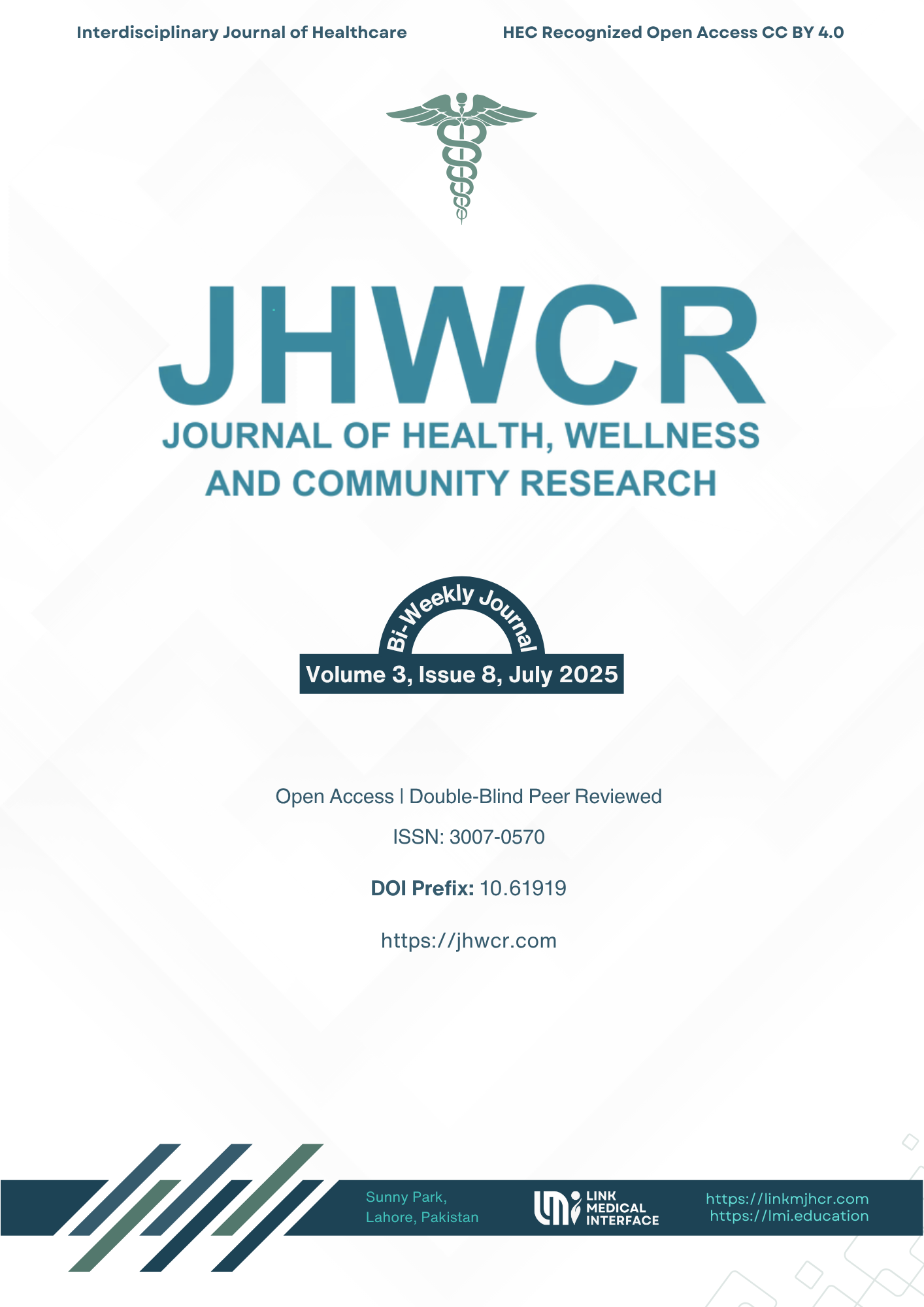Intraoperative Anesthetic Complication in Patient with Myasthenia Gravis
DOI:
https://doi.org/10.61919/tnp89x78Keywords:
Myasthenia Gravis, anesthesia, neuromuscular monitoring, TIVA, respiratory failure, MGFA classification, perioperative complicationsAbstract
Background: Myasthenia Gravis (MG) is an autoimmune neuromuscular disorder characterized by fluctuating skeletal muscle weakness, which presents unique challenges in the perioperative setting due to altered sensitivity to anesthetic agents and increased risk of respiratory complications. Anesthetic management requires precise drug selection, vigilant monitoring, and multidisciplinary coordination to minimize intraoperative morbidity. Objective: To evaluate the relationship between anesthetic technique, disease severity, neuromuscular monitoring, and intraoperative complications in MG patients undergoing surgical procedures. Methods: A retrospective cross-sectional study was conducted on 150 adult MG patients who underwent surgery under general or regional anesthesia at two tertiary care hospitals between 2018 and 2023. Data were extracted from electronic medical records and analyzed using SPSS v26. Key variables included anesthetic technique (TIVA vs. volatile), MGFA classification, neuromuscular monitoring modality, and perioperative complications. Multivariate logistic regression identified independent predictors of respiratory failure. Results: Volatile anesthetic use was significantly associated with higher rates of respiratory failure (17.3% vs. 6.7%, p=0.03, OR 2.93). Higher MGFA class correlated with longer ventilation duration (MGFA V: 18.7 vs. MGFA I: 4.2 hours, p<0.001). Quantitative TOF monitoring reduced residual paralysis (3.8% vs. 17.1%, p=0.01, OR 5.18). Regression analysis confirmed MGFA class III–V, volatile anesthesia, and absence of TOF as independent predictors of respiratory failure. Conclusion: TIVA, quantitative neuromuscular monitoring, and MGFA-based risk stratification significantly reduce intraoperative complications in MG patients. Integrating these practices into anesthetic protocols can enhance perioperative safety and outcomes.
Downloads
Published
Issue
Section
License
Copyright (c) 2025 Yrusha Ashar, Faryal Falak, Abdull Saboor, Muhammad Asif Baig, Usama Khan, Ahmad Raza Naeem (Author)

This work is licensed under a Creative Commons Attribution 4.0 International License.


